Historical figures who lived a double life
History is filled with intriguing personalities who lived double lives, seamlessly blending their public personas with hidden talents or secret pursuits. From artists who doubled as inventors, to entertainers who were secret agents, these figures have left a lasting impact on the world.
Their stories captivate us, offering a glimpse into the complexities and multifaceted nature of human identity. Let’s dive into the fascinating lives of some of history’s most intriguing double agents of influence.
Leonardo da Vinci: The Artist and the Master Inventor
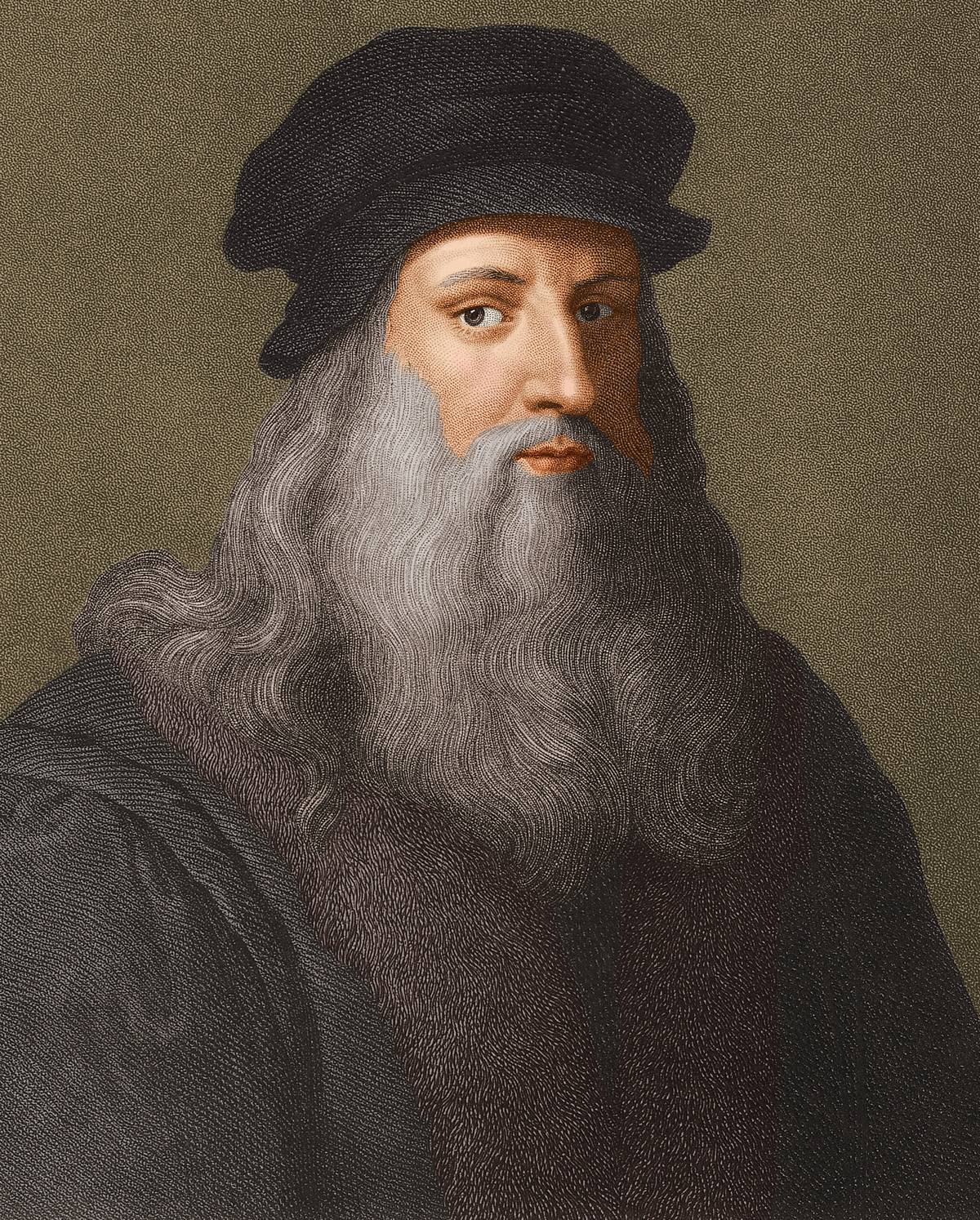
Leonardo da Vinci is renowned for his masterpieces like the Mona Lisa and The Last Supper, but few realize his genius extended into the realm of invention. He conceptualized flying machines and armored vehicles long before they were feasible, showcasing his visionary mind.
Da Vinci kept detailed notebooks filled with sketches and ideas, many of which were centuries ahead of their time, proving his dual talent as both a brilliant artist and an inventive thinker.
Benjamin Franklin: The Statesman and the Secret Agent
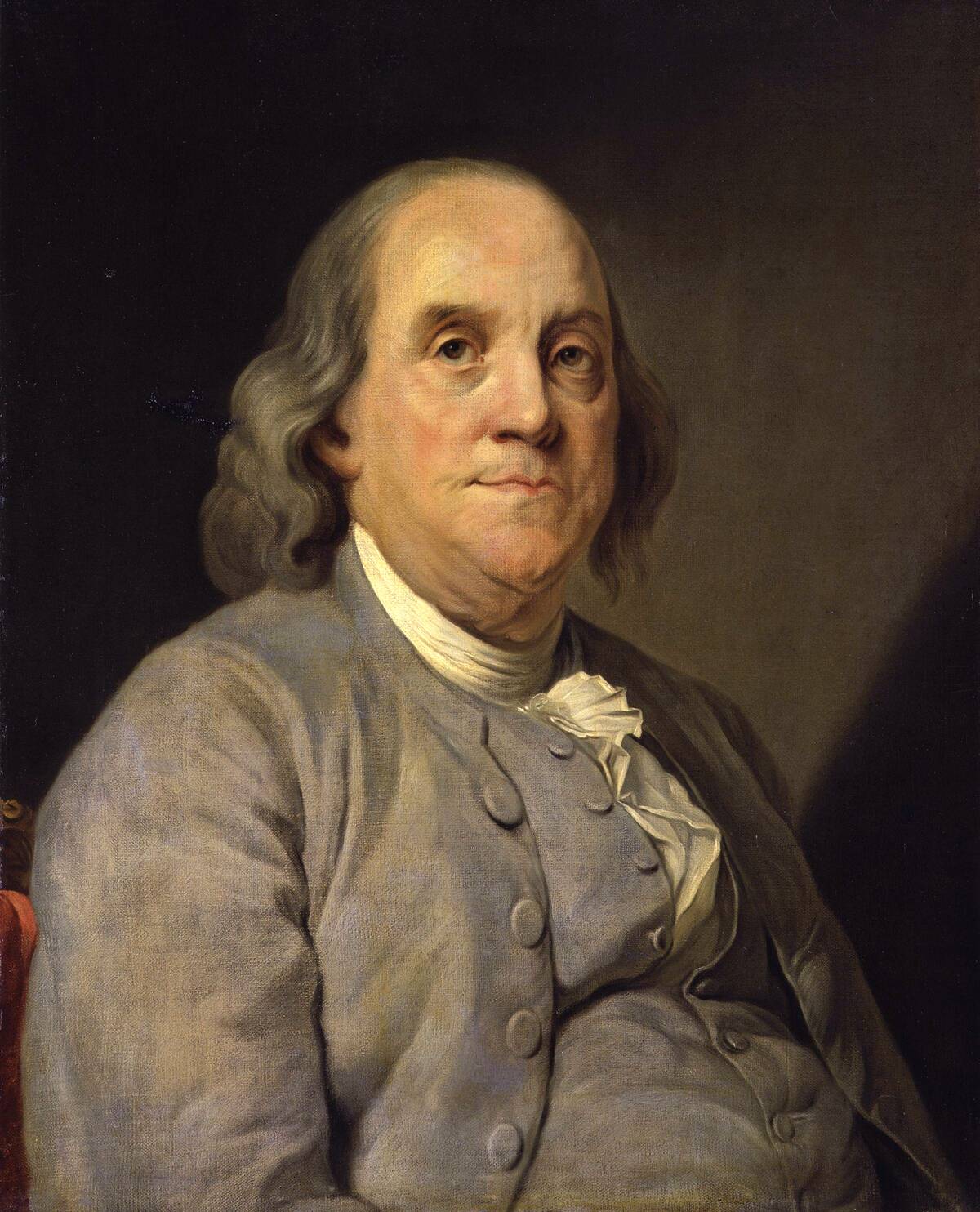
Benjamin Franklin was not only a key founding father and diplomat but also engaged in covert operations during the American Revolutionary War. As some historians suggest, this had to do with him potentially being aware that his personal secretary, Edward Bancroft, was a British double agent.
If this is the case, it’s likely that Franklin engaged in counter-espionage. In other words, it’s possible that he intentionally showed documents to Bancroft with the knowledge that they would be leaked to the British. The logic behind such a theory suggests this was intended to show how much French support America had, thus making England less willing to fight.
Mata Hari: The Exotic Dancer and the World War I Spy
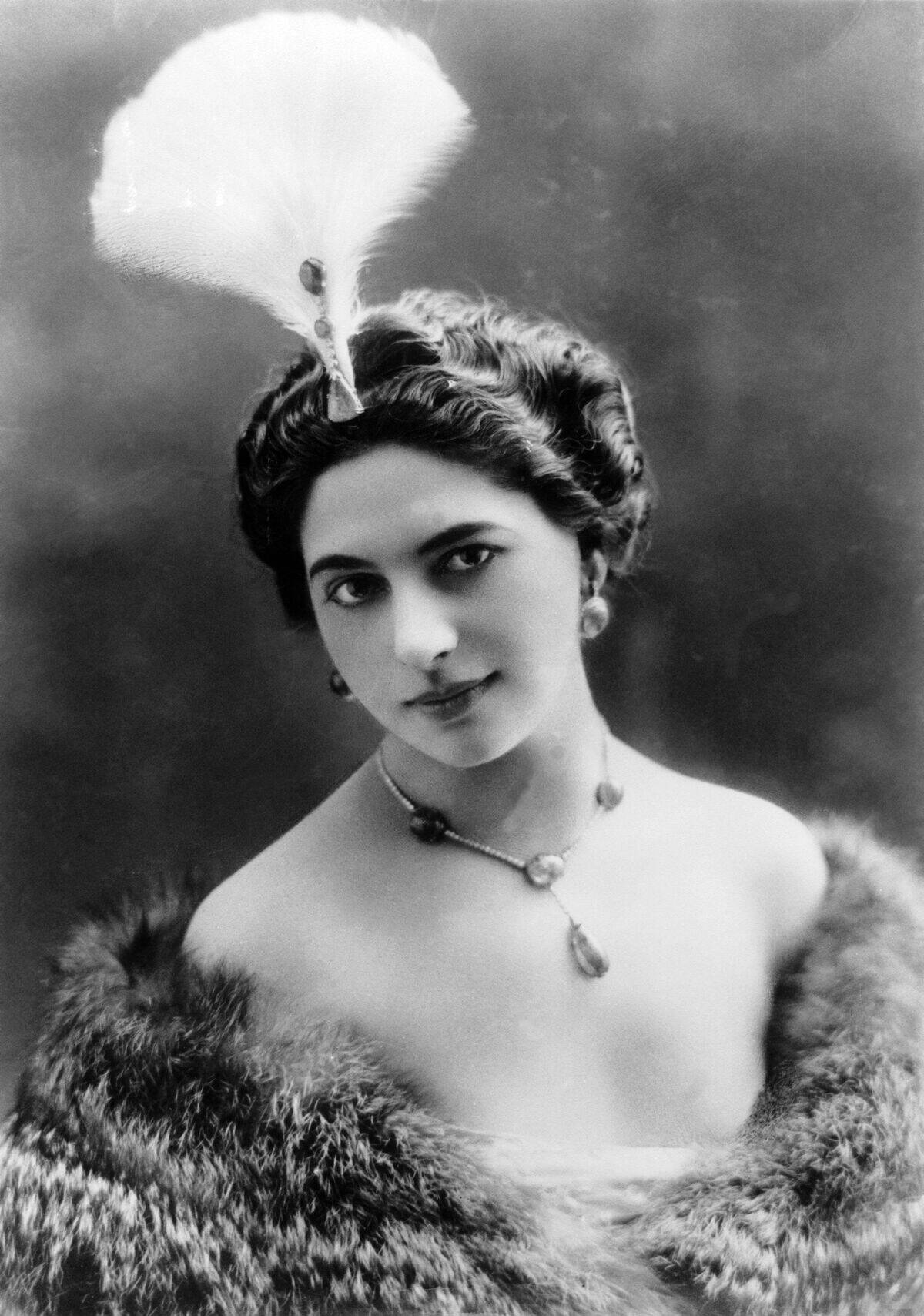
Mata Hari, born Margaretha Zelle, captivated European audiences with her exotic dances, but she led a more dangerous life as a spy during World War I. At least, that was the position of the French government, who charged her with espionage she allegedly conducted for Germany.
Her trial and execution in 1917 remain controversial, with debates about her guilt continuing to this day. Mata Hari’s life highlights the perilous allure of espionage and the thin line between performance and reality.
Sir Francis Walsingham: Queen Elizabeth I’s Spymaster
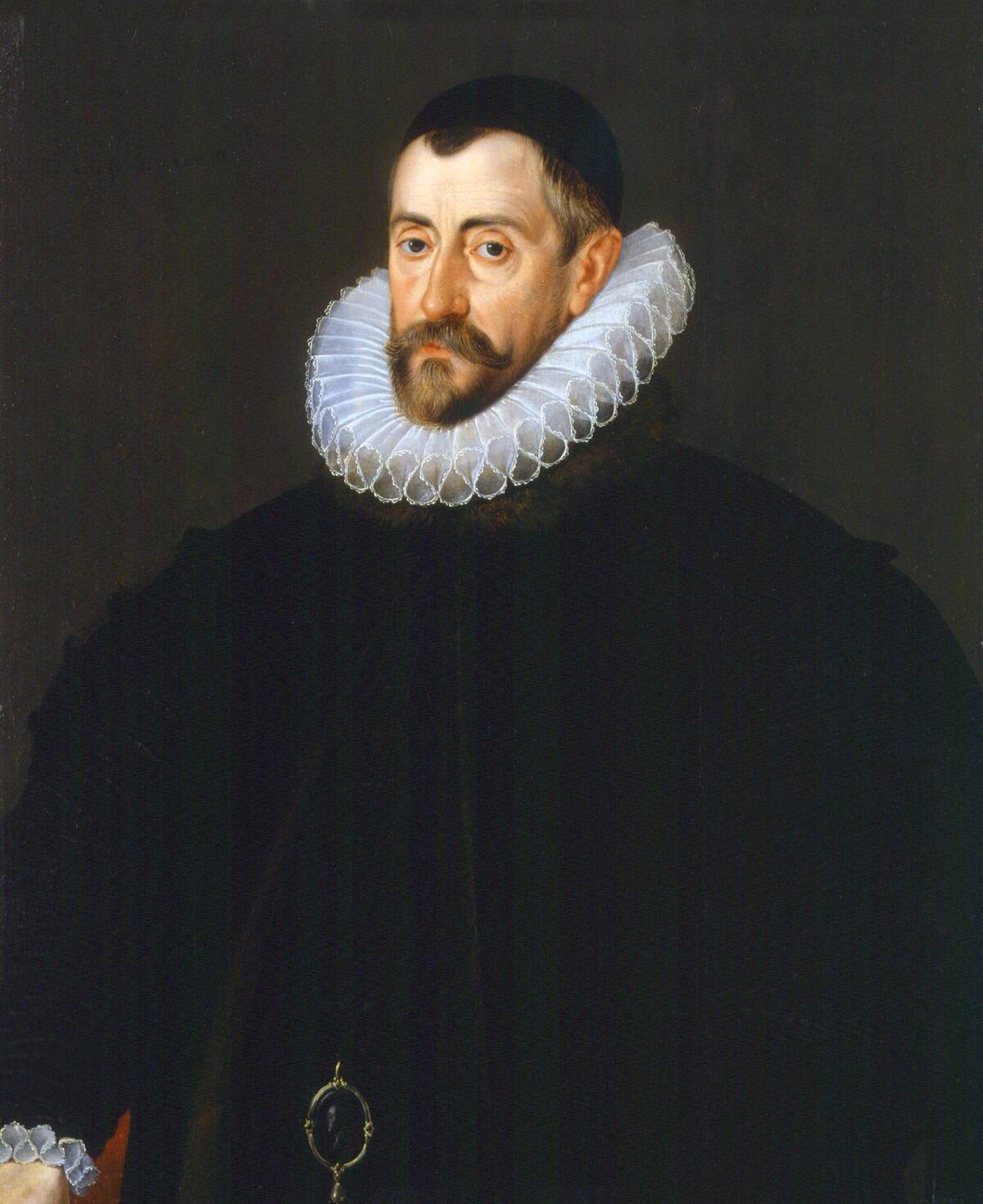
Sir Francis Walsingham served as the principal secretary to Queen Elizabeth I and was instrumental in establishing a sophisticated spy network. He orchestrated the downfall of Mary, Queen of Scots, using intricate plots and intercepted communications.
Walsingham’s efforts to thwart Catholic conspiracies against the Protestant Queen were crucial in maintaining Elizabeth’s reign. His legacy as a master spymaster is a testament to the power of intelligence in shaping political landscapes.
Cleopatra: The Queen and the Political Strategist
![[redacted], c](https://media.tellmebest.com/wp-content/uploads/2023/08/cleopatra-c-49446.jpeg)
Cleopatra VII is remembered as a seductive queen, but she was also a formidable political strategist. Her liaisons with Julius Caesar and Mark Antony were not merely romantic but strategic alliances to strengthen her position in Egypt.
Cleopatra’s ability to navigate the complex political environment of Rome and Egypt highlighted her acumen and determination to maintain her dynasty’s sovereignty. Her life and reign illustrate the power of wit and charm in ancient politics.
Roald Dahl: The Beloved Author and the British Spy
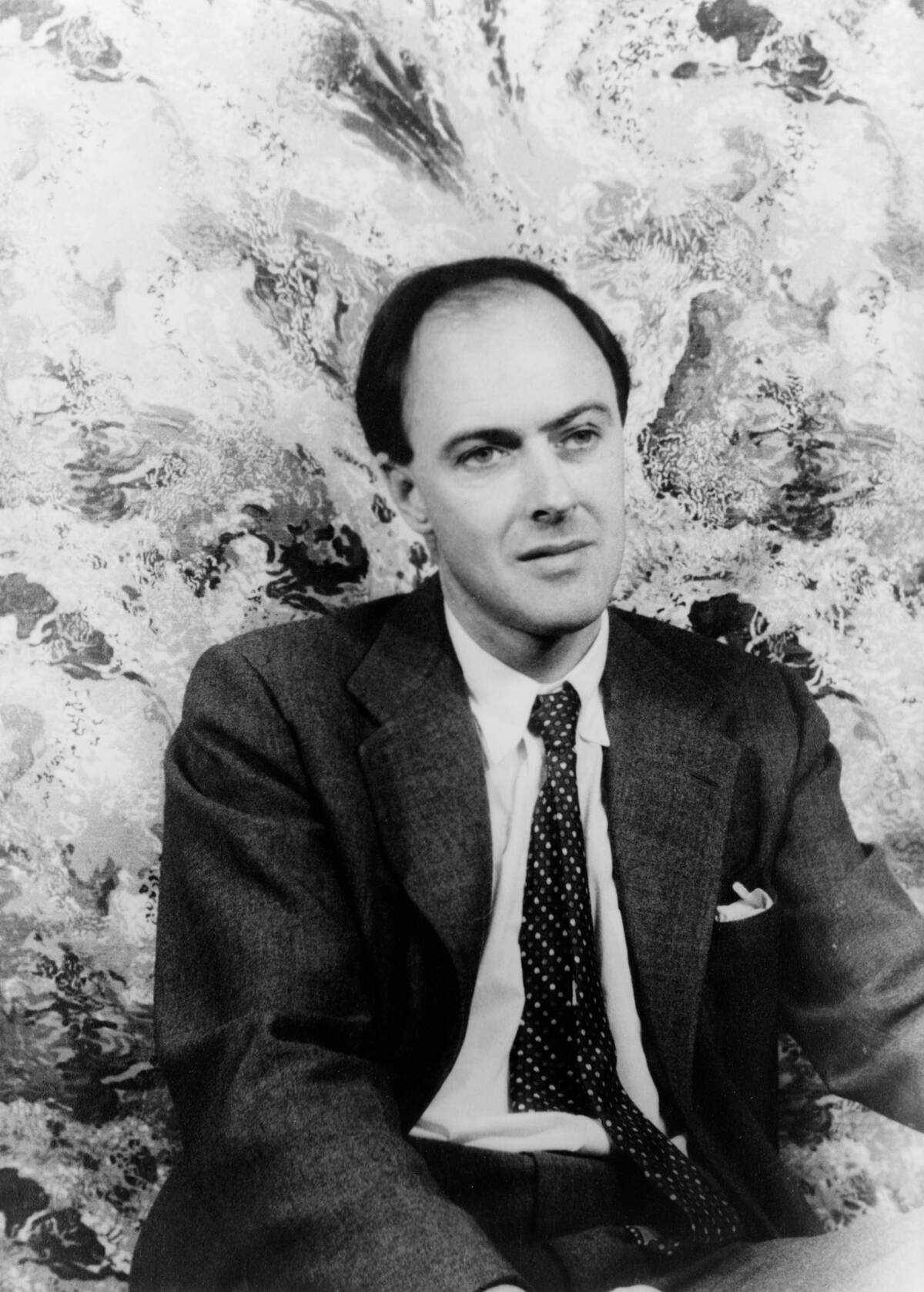
Roald Dahl, famous for children’s books like Charlie and the Chocolate Factory, also served as a British intelligence officer during World War II. Working with the British Embassy in Washington, D.C., Dahl gathered intelligence and influenced American opinion on the war.
His charm and storytelling prowess made him an effective spy, showing that his talents extended far beyond the realm of fiction. Dahl’s dual roles highlight the unexpected intersections of literature and espionage.
Hedy Lamarr: The Hollywood Actress and the Inventive Genius

Hedy Lamarr was a glamorous Hollywood actress, but her contributions to technology are equally remarkable. During World War II, she co-invented a frequency-hopping communication system to prevent torpedo jamming, a precursor to modern Wi-Fi and Bluetooth.
Despite her beauty and acting talent, Lamarr’s inventive mind challenged stereotypes and left a lasting impact on technology. Her story is a testament to the hidden depths of individuals often underestimated by society.
Wallis Simpson: The Duchess and the Controversial Figure

Wallis Simpson, known for her marriage to King Edward VIII, which led to his abdication, remains a controversial figure in British history. Her perceived influence over Edward and their subsequent social exile due to ties with Nazi Germany sparked widespread speculation and scandal.
Despite public scrutiny, Wallis lived a life of luxury and intrigue. Her story reflects the complexities of love, power, and public perception, challenging traditional narratives of royal duty and personal choice.
Lawrence of Arabia: The Adventurer and the Political Influencer
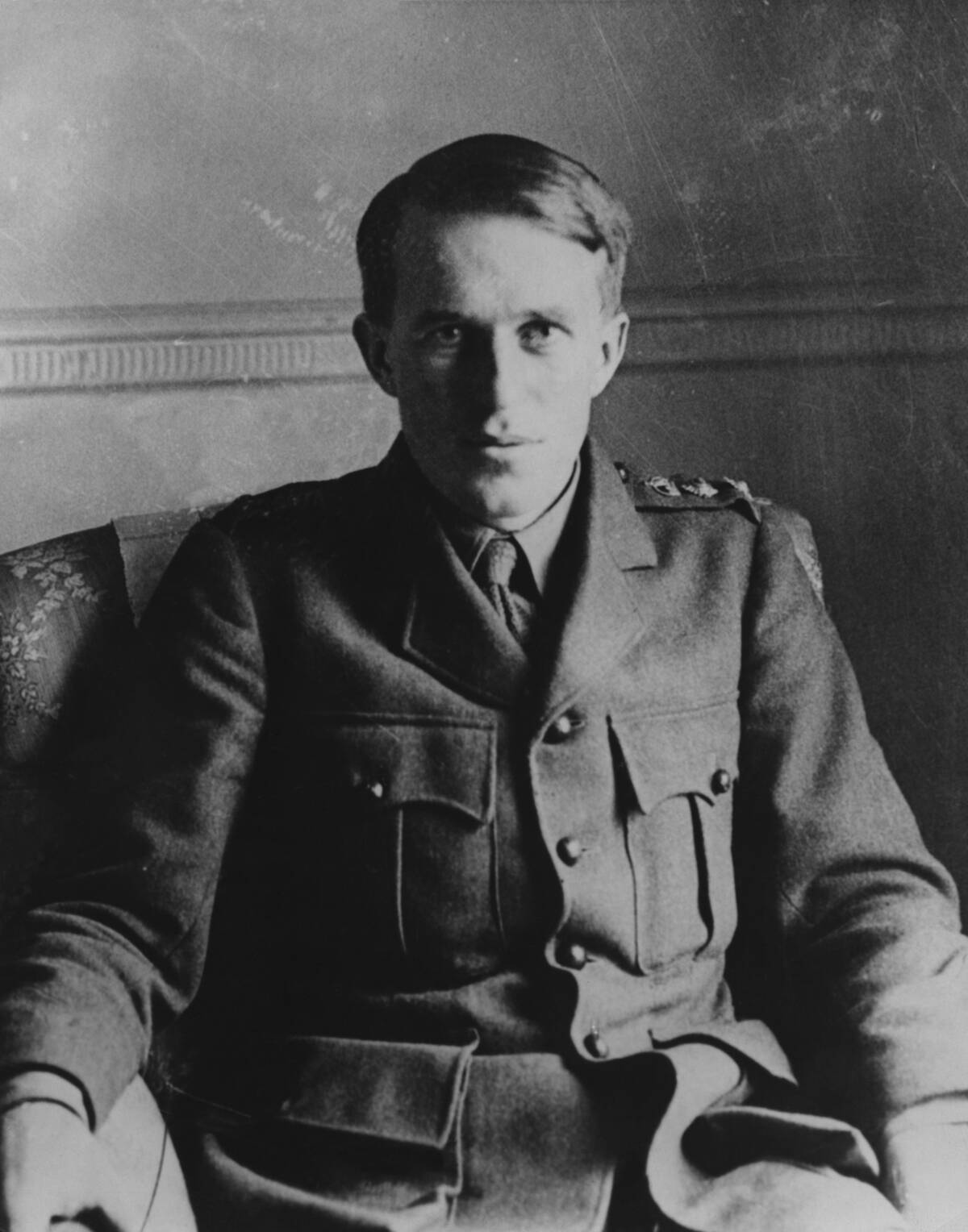
Thomas Edward Lawrence, known as Lawrence of Arabia, was an archaeologist turned military officer whose exploits in the Middle East during World War I became legendary. His role in the Arab Revolt against the Ottoman Empire showcased his ability to inspire and lead.
Lawrence’s writings and strategic insights influenced British policy in the region. His life as both an adventurer and a political influencer exemplifies the profound impact one individual can have on global history.
Josephine Baker: The Entertainer and the French Resistance Hero
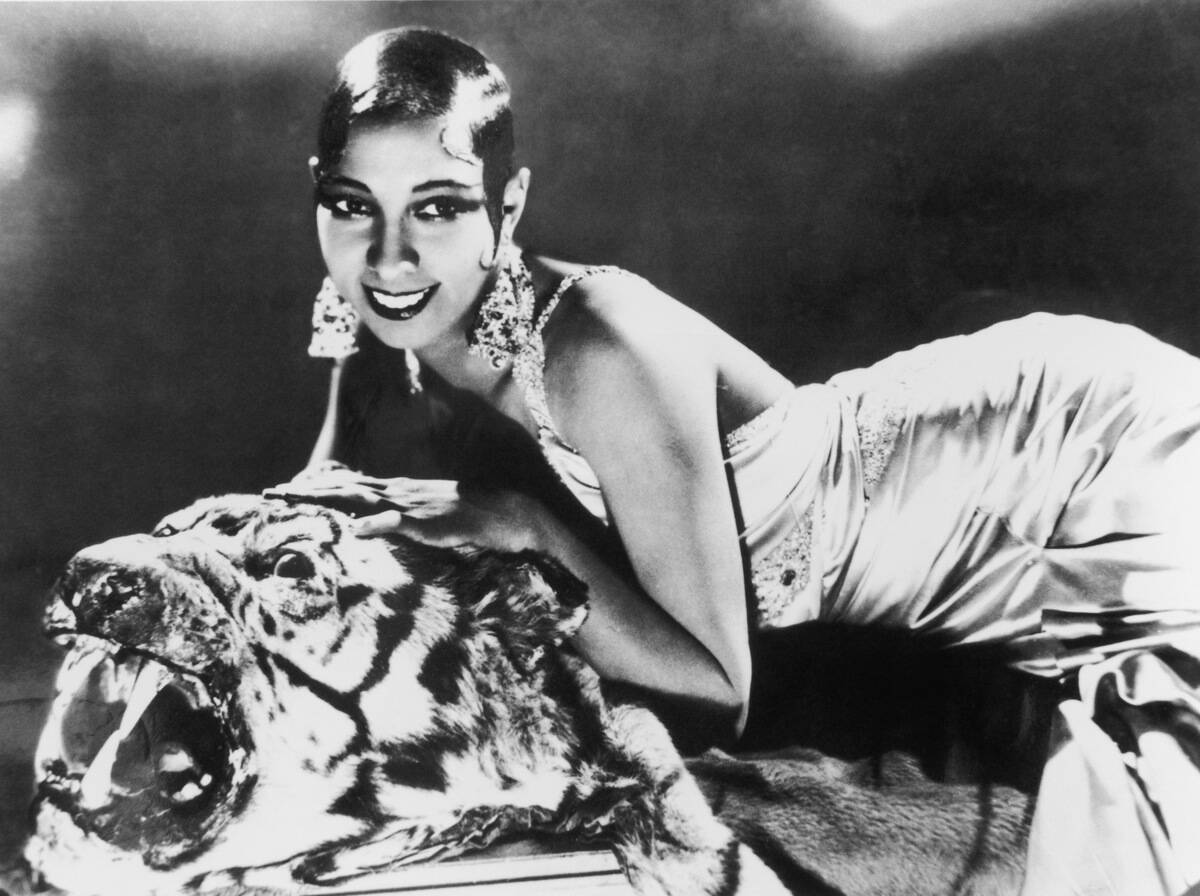
Josephine Baker, an iconic entertainer, used her fame to aid the French Resistance during World War II. As a spy, she smuggled messages in her sheet music and charmed officials at embassies and parties.
Her courage and commitment to freedom earned her the prestigious Croix de Guerre. Baker’s dual legacy as a performer and resistance hero highlights the power of art and courage in the fight against oppression, making her an enduring symbol of resistance.
Dr. John Dee: The Mathematician and the Occultist
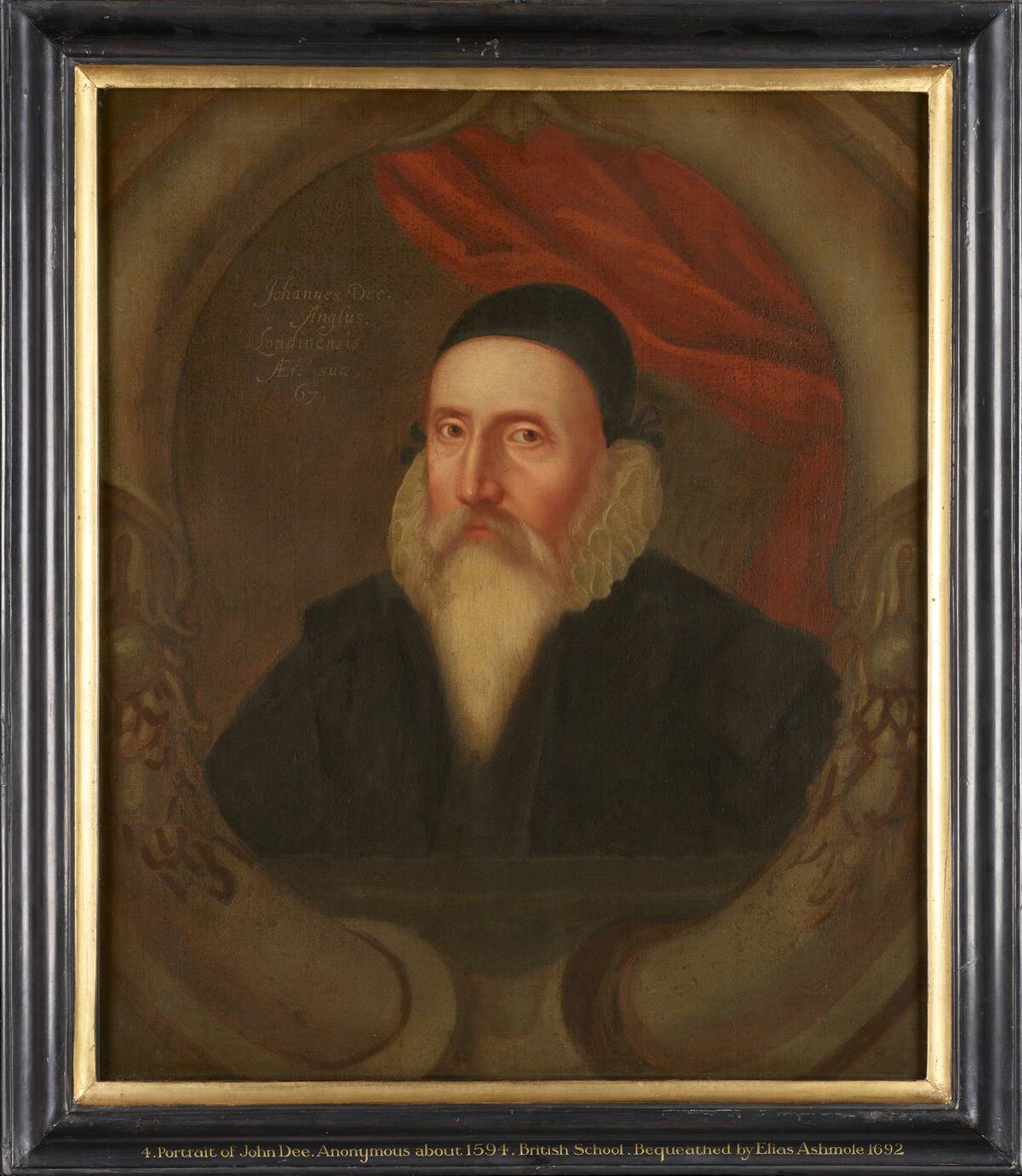
Dr. John Dee was a prominent mathematician and astronomer in the 16th century, serving as an advisor to Queen Elizabeth I. However, his interests extended to the mystical arts, including alchemy and divination.
Dee’s attempts to communicate with angels through scrying mirrors and crystal balls fascinated and alarmed his contemporaries. His dual pursuits of science and the occult illustrate the Renaissance era’s interplay between rationality and mysticism, shaping our understanding of both.
Harriet Tubman: The Abolitionist and the Union Spy
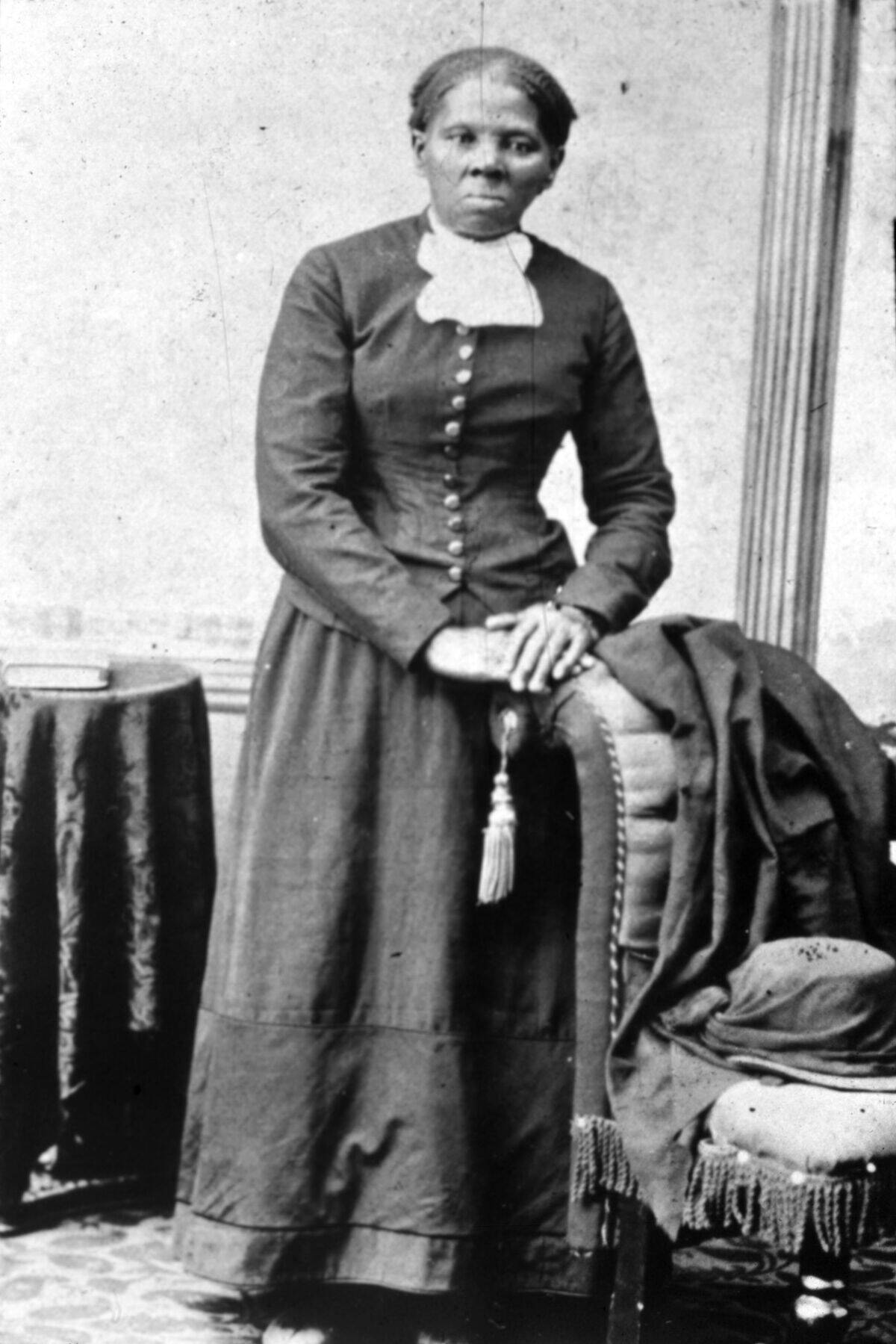
Harriet Tubman is renowned for her role in the Underground Railroad, leading enslaved people to freedom, but she also served as a spy for the Union Army during the Civil War.
Tubman organized and led espionage missions, gathering intelligence that was crucial to Union victories. Her bravery and strategic mind made her an invaluable asset to the abolitionist cause, cementing her legacy as a pioneering figure in the fight for freedom and justice.
Rasputin: The Mystic and the Political Manipulator
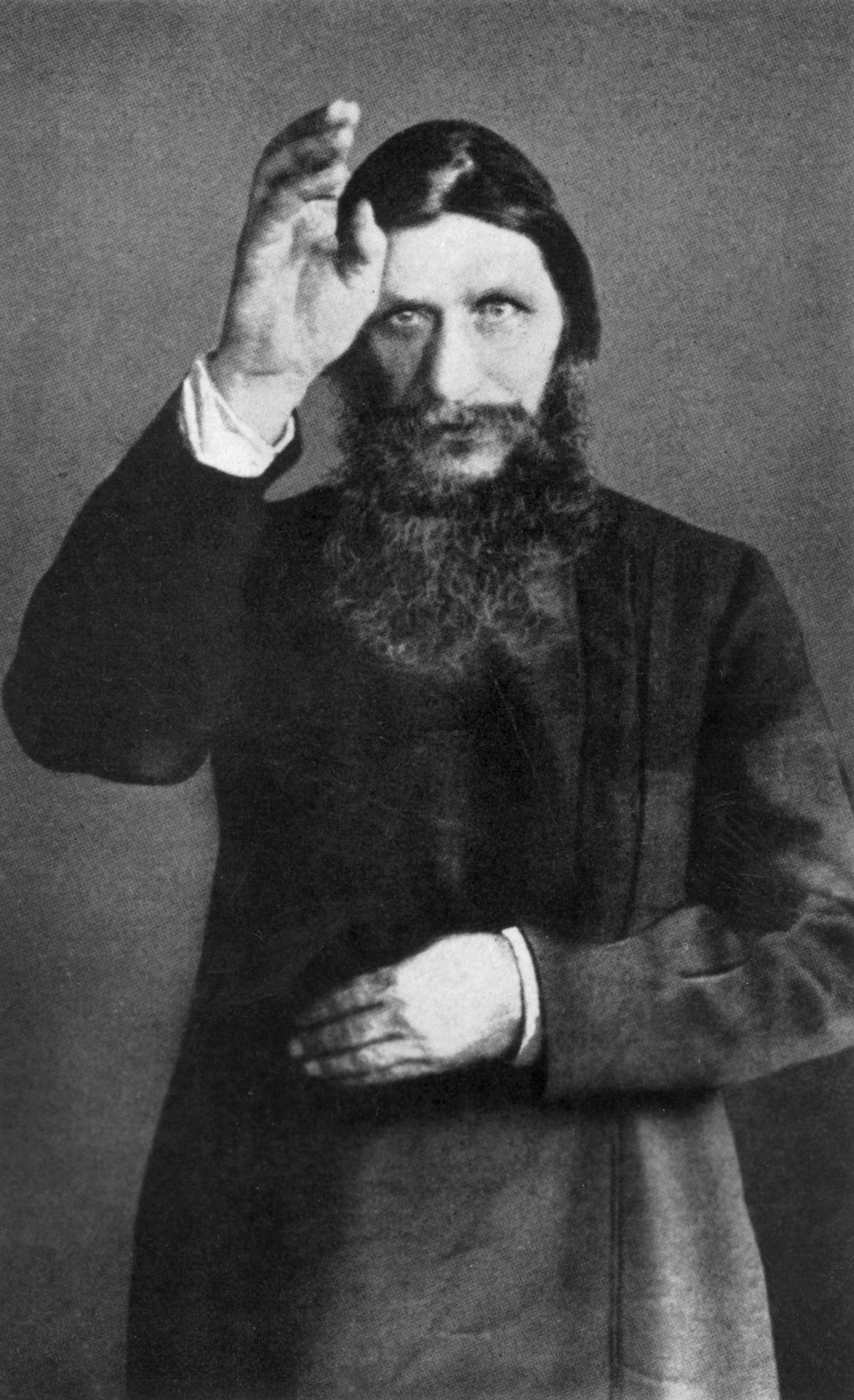
Grigori Rasputin, a Siberian mystic, wielded significant influence over the Russian royal family, particularly Tsarina Alexandra. His alleged healing powers and charismatic presence earned him favor, but his political meddling and scandalous reputation sowed distrust.
Rasputin’s life and death remain shrouded in mystery and controversy, symbolizing the volatile intersection of spirituality and power. His story continues to intrigue historians and inspire tales of intrigue and downfall in Russia’s twilight years.
Winston Churchill: The Politician and the Amateur Artist
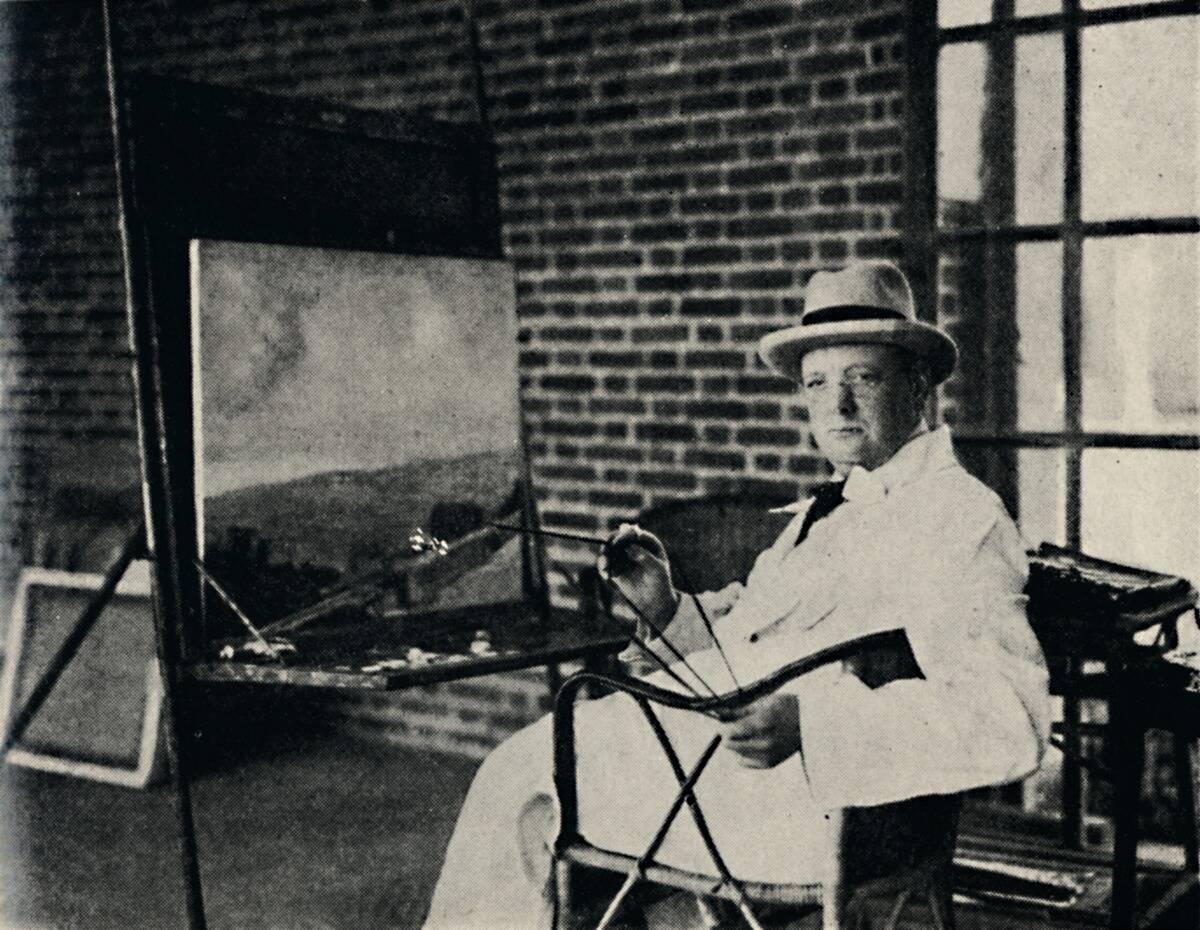
Winston Churchill, known for his leadership during World War II, found solace in painting. As an amateur artist, he created over 500 works, using art as a refuge from the stresses of political life. He also sold a few of these paintings under the pseudonym Charles Morin.
Churchill’s paintings, mainly landscapes, reflect his appreciation for beauty and tranquility, offering insight into his personal world. This artistic pursuit provided balance to his storied political career, revealing a softer side to the iconic statesman.



